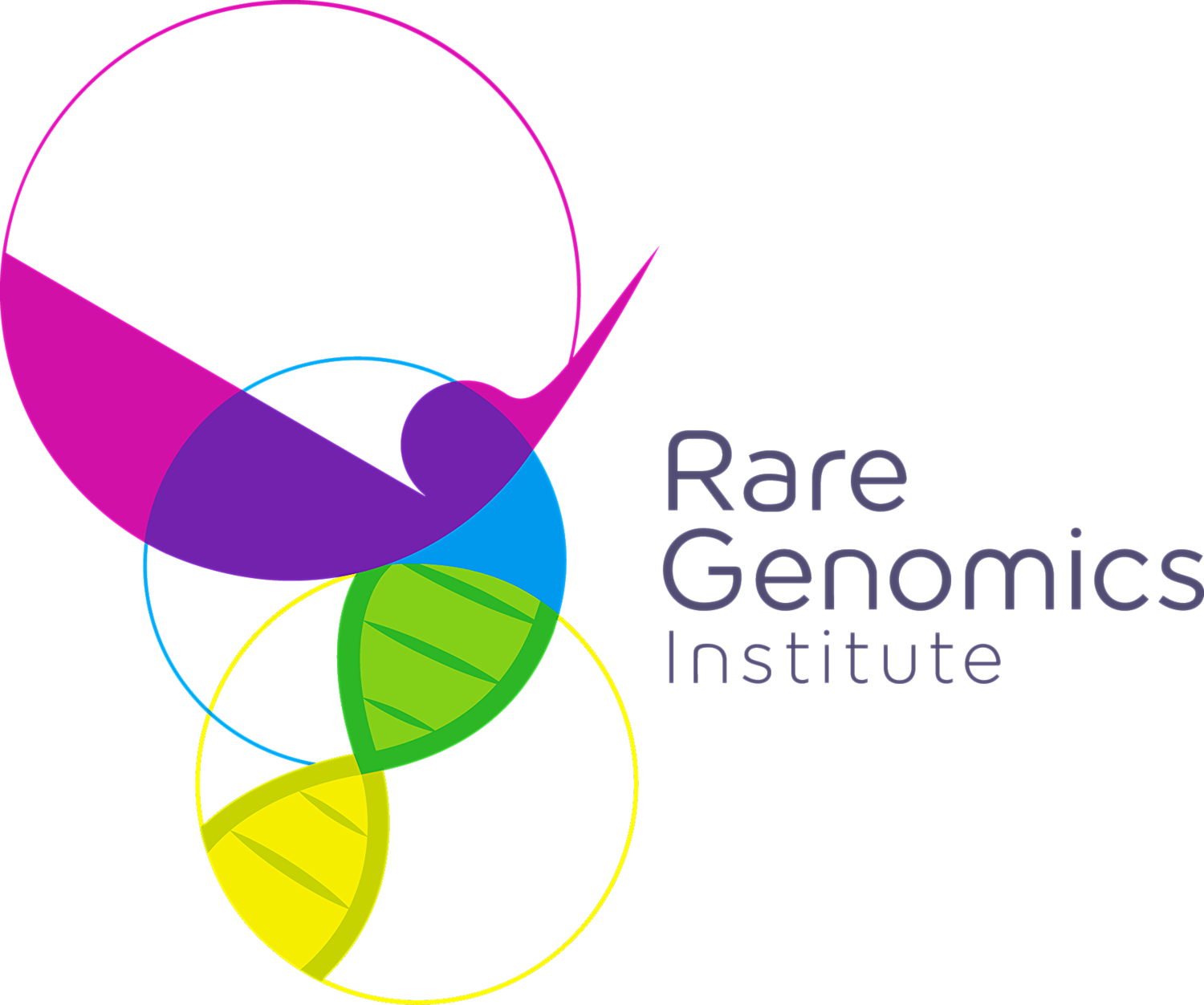By Mike Russo
The birth of a child is a precious moment filled with hope, love, and anticipation. In the case of Stephen and Sally Damiani of Melbourne, Australia, the birth of their son was no exception.
Massimo “Mo” Damiani was born on July 22, 2008 to proud parents and smiling relatives. Everything was as expected during the first month of his newborn life, eating, sleeping, and filling diapers. That all changed when Stephen found something unusual on Mo’s back.
On the blog dedicated to Mo’s story, Stephen wrote:
“I noticed a small skin tag just above Massimo’s bottom and became mildlyconcerned. Weeventuallyvisitedourlocalgeneral practitioner who suggested Massimo have an ultrasound just to be sure. It turned out Massimo had Spina Bifida Occulta. One of his sacral vertebrae hadn’t closed and he had an associated tethered spinal cord and solitary left kidney. We were immediately sent to the [Royal Children’s Hospital] where Massimo underwent a brain and spine MRI to check for further involvement.”
While the news was concerning, Stephen and Sally were pleased to find out that the condition was not imminently life
threatening. The first year of Mo’s life went along without a hitch, until the following May.
Stephen recalled:
“Massimo was struggling to pull to stand and was getting very frustrated. His legs and particularly his ankles were stiff. He started having trouble with balance and kept thrusting his head back. Something didn’t seem right but all his bladder function tests returned normal and his follow-up spine MRI in mid-July didn’t ring alarm bells. He enjoyed his first birthday at home with family but we all sensed he wasn’t himself. The next day we visited his Physio at the [Royal Children’s Hospital] and she immediately realised something wasn’t right.”
Test after test, hour after hour, the family waited for an answer. An MRI of Mo’s brain revealed a lack of white matter. The official diagnosis: leukodystrophy, a rare neurodegenerative genetic disorder that “robs individuals of their sight and eventually all senses,” Stephen said. There was no treatment and no cure.
Devastation, fear, frustration, and many questions came to mind. This was their son. It was their little Mo.
“When we saw Massimo’s neurologist and I was putting anything and everything on the table in desperation – stem cells, gene therapies you name it...his answers were always no. In the end I broke down and said ‘There really is no hope is there?’”
Instead of leaving everything to fate, the Damianis got busy assembling an international team to perform an unprecedented familial trio genome analysis to identify the cause of Mo’s condition.
“Soon after diagnosis we established the Mission Massimo Foundation in Australia, and later began the process in the United States,” Stephen said. “(And) as a direct result of the diagnosis we have connected with several other families. We have started Mo on a trial protocol that was used on one of the other patients, who was initially misdiagnosed, and the initial response is encouraging.”
Because the genetic disorder is so rarely diagnosed, there will always be other challenges. Support for research and development is relatively scarce.
“When a disease is perceived as rare, the level of attention and funding it receives is almost non-existent,” Stephen said. “If we can reduce the number of genetically undiagnosed cases from 50 percent to less than 10 percent within five years, and show that a common delivery platform can treat multiple disorders, the economics change. Hopefully that will drive public and private investment into research. We would like to provide seed funding for high risk, high return research to generate data for larger grants.”
Because his illness is so rare, the family sought out an equally unique fundraising prize.
“With so many great causes we needed something spectacular so we thought we would try something out of this world,”
Stephen said, “something that paid homage to the Apollo program, which took man to the moon and inspired us for Mission Massimo. We recently concluded our MOMO-001 raffle for a chance to fly on-board the XCOR Lynx (into space). It raised a $120,000 and raised the profile of the condition beyond our wildest expectations.”
Meanwhile, the family forges on, with Stephen focusing on Mo’s diagnosis, and Sally his management. They are grateful for others who have helped along the way.
“If we didn’t have a solid support system at home I doubt we would have achieved a diagnosis, certainly not in the timeframe we did,” he said.
Now six years old, Mo is making positive strides. His twin four-year-old brothers, Marco and Leonardo, have helped in his development.
“All things considered, he is doing great,” said Stephen. “He started school this year and is thriving in the new environment.”
He still faces challenges, needing care around the clock, but Mo is “genuinely happy,” Stephen said. Because the disorder is so rare – one in a million – funding is not as prevalent as the efforts for cancer or heart disease. But the Damianis will forge onward with hope, now that the foundation has obtained 501c status as a non-profit organization.
The family remains committed to the development of treatment options, and is excited about the release of their book, Cracking the Code, which is scheduled for print early next year.
“We are looking forward to spreading our wings in 2015,” Stephen said.
Please visit www.missionmassimo.com for more information



